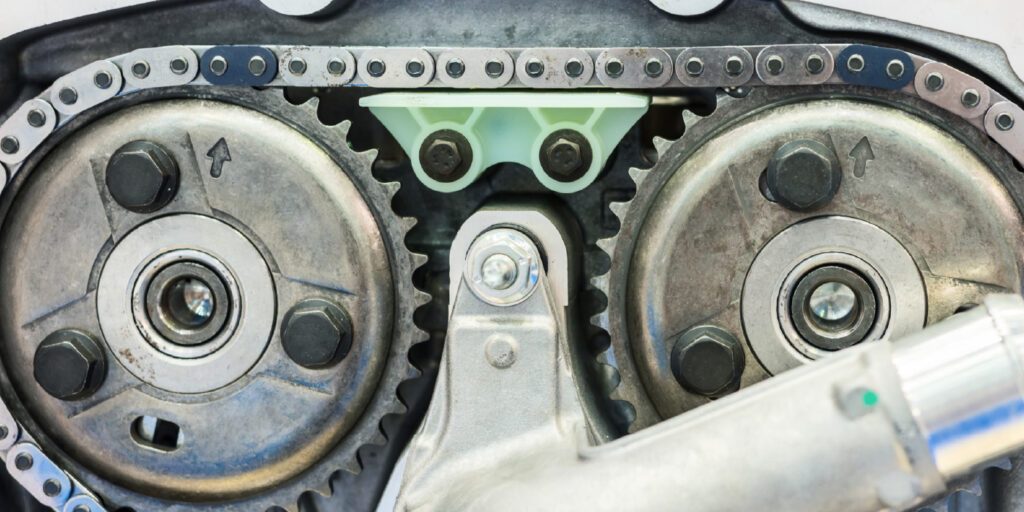By Larry Carley
Technical Editor
A simple check when an engine cranks but won’t start is to listen for pump noise when the ignition key is turned on. The pump should buzz for a second or two as it builds pressure in the system. If no noise is heard when the key is turned on, the pump is not running. But that doesn’t necessarily mean the pump has failed because the problem could be in the pump wiring circuit. Check the pump fuse and relay, as well as battery voltage. If all of these things are OK, check wiring continuity between the relay and pump, and check voltage at the pump (it should be within 0.1 volts of battery voltage). If the pump is getting voltage but it not running, the fault may be in the wiring inside the fuel tank, or the pump itself may have failed.
In situations where an engine starts but seems short on power or stalls, fuel pressure and flow should be checked. The pressure delivered by the pump must meet specifications because that’s the way the engine is calibrated to run. If fuel pressure is even a couple pounds less than specifications, it can cause driveability problems on many engines today. A weak pump that isn’t delivering adequate pressure can cause an engine to run lean, misfire and hesitate when accelerating.
Measuring fuel pressure requires an accurate fuel pressure gauge. The gauge can be attached to the test fitting on the engine fuel rail, or teed into the fuel supply line on import engines that do not have a test fitting. Look up the fuel pressure specifications, and note if the pressure specs are for Key On, Engine Off (KOEO), or for engine idling. KOEO specs are usually about 6 to 10 psi higher than when the engine is idling. If fuel pressure is less than specifications, there is a problem. The pump may be weak, or it may not be spinning fast enough because of low voltage (or a poor ground connection), or the fuel pressure regulator may be leaking.
With the engine running, disconnect the vacuum hose from the pressure regulator. Fuel pressure should increase 8 to 12 psi with the line disconnected. No change in pressure would indicate a faulty pressure regulator, or a leaky or plugged vacuum line. There should also be no fuel inside the vacuum line to the regulator. Fuel inside the vacuum hose means the regulator diaphragm is leaking. Replace the regulator. Another check that should be made is the “dead head” or maximum pressure the pump can achieve. With the return line pinched shut, a good pump should produce two times (2x) its normal operating pressure at idle.











